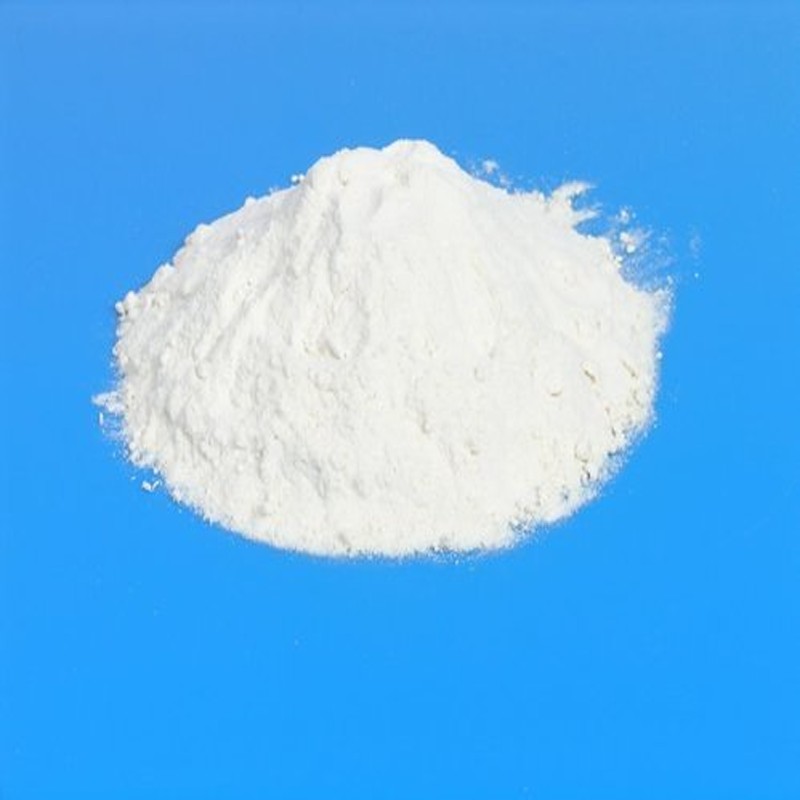
Price :
৳540
Estimated Shipping Time: 3 DAYS
Product SKU: 1EU852588Fx
| Physical State | Powder |
| Usage | Industrial, Commerical, Laboratory |
| Grade Standard | Technical Grade, Bio-Tech Grade |
| Packaging Size | 25 KG |
| Minimum Order Quantity | 25 Kg |
Polydextrose is a synthetic polymer of glucose. It is a food ingredient classified as soluble fiber by the U.S. Food and Drug Administration (FDA) as well as Health Canada, as of April 2013. It is frequently used to increase the non-dietary fiber content of food, to replace sugar, and to reduce calories and fat content. It is a multi-purpose food ingredient synthesized from dextrose (glucose), plus about 10 percent sorbitol and 1 percent citric acid. Its E number is E1200. The FDA approved it in 1981. It is 0.1 times as sweet as sugar. Polydextrose is commonly used as a replacement for sugar, starch, and fat in commercial beverages, cakes, candies, dessert mixes, breakfast cereals, gelatins, frozen desserts, puddings, and salad dressings. Polydextrose is frequently used as an ingredient in low-carb, sugar-free, and diabetic cooking recipes. It is also used as a humectant, stabilizer, and thickening agent. Polydextrose is a form of soluble fiber and has shown healthful prebiotic benefits when tested in animals. It contains only 1 kcal per gram and, therefore, is able to help reduce calories. However, polydextrose is not universally well tolerated. Doses as low as 10g cause significantly more intestinal gas and flatulence than even psyllium.
| Delivery Time | 4 TO 6 WEEKS |
| Port Of Dispatch | Mumbai or Mundra |
No Review Found.
| Quantity | Discount |
|---|---|
| 10+ | 1% Off |
Login To Comment